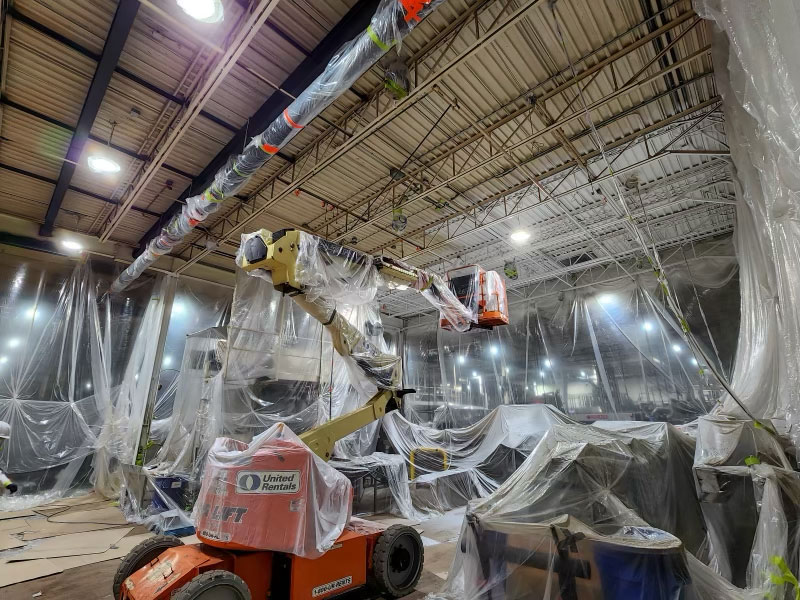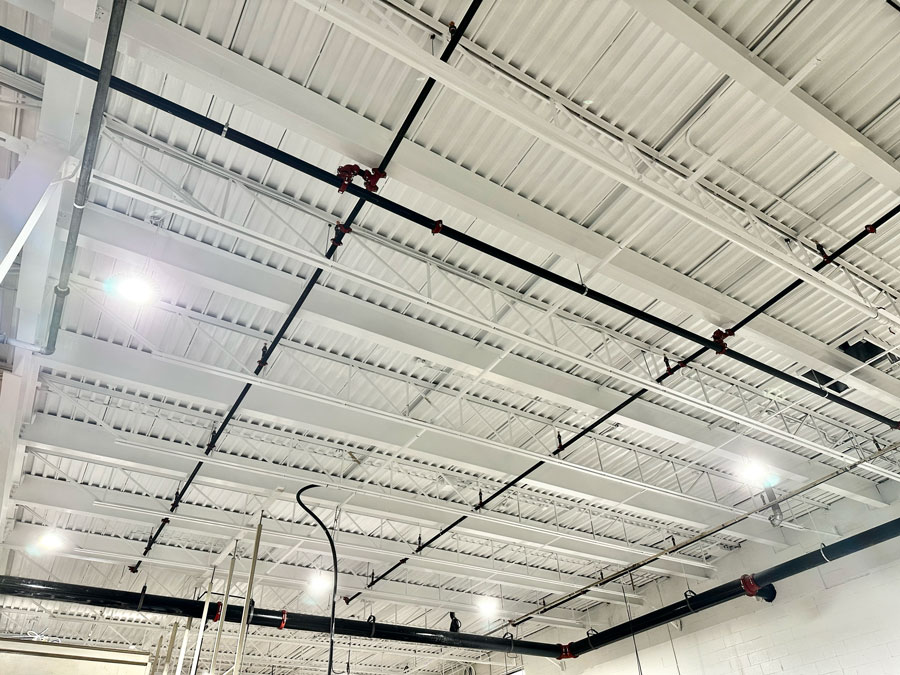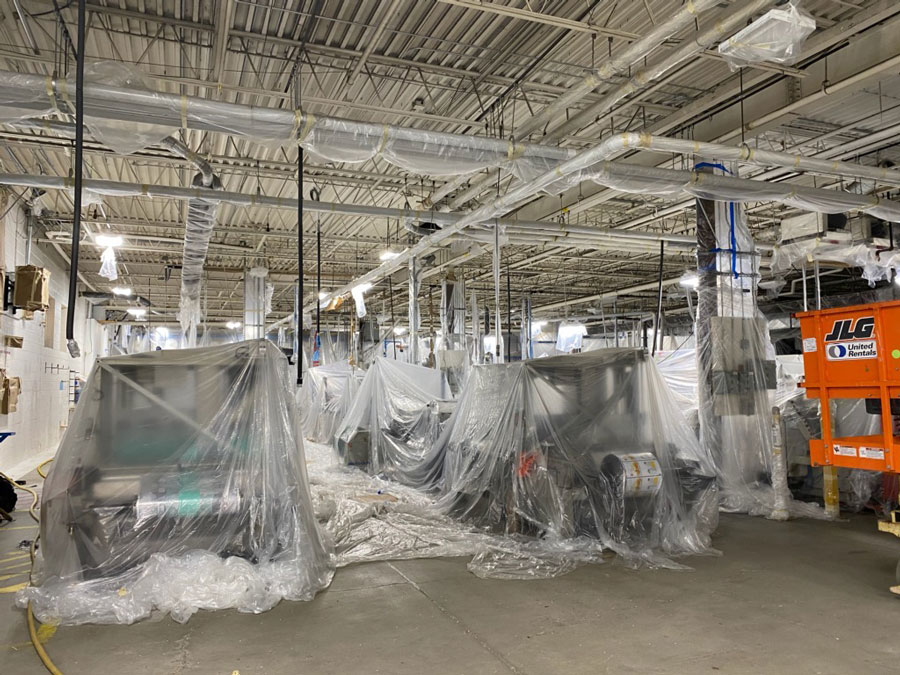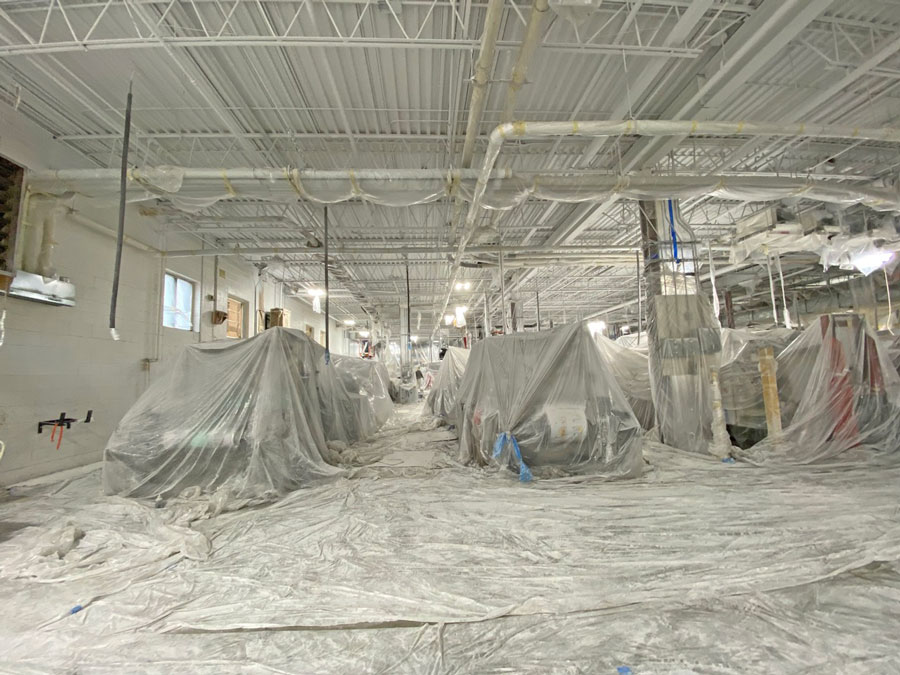Plant Shutdown Painting
B.E.S.T. Painting - Specialists in Plant Shutdown Painting
About Plant Shutdowns
Plant shutdowns, in the context of painting, refer to the temporary cessation of operations at a facility or industrial plant to allow for painting or maintenance activities.
Shutdown projects are highly demanding situations for plant owners & shutdown coordinators. The performance during shutdowns affects production and profitability.


Our Commitment
To meet expectations and standards, B.E.S.T. Painting provides a level of service that aligns with client requirements. Our superior ability to deliver shutdown performance starts well before the project begins and continues until the plant is operational again.
Experienced and skilled supervisors and operators are crucial to our turnkey successes. B.E.S.T. Painting supplies trained and knowledgeable personnel who are reliable and capable of completing projects safely, efficiently, and on time.
We also monitor and inspect the quality of workmanship at each step to ensure superior results.
why a plant would need to shut down for industrial painting:
1. Safety Concerns: Painting, especially in industrial settings, can involve using chemicals, sprays, and equipment that might be hazardous if the plant is in operation. A shutdown ensures the safety of both the workers and the facility.
2. Quality Assurance: Without ongoing operations, the painting process is not interrupted, leading to a better quality of finish. Dust, debris, or operational by-products can interfere with the painting process if the plant is operational.
3. Efficiency: A shutdown allows painters to work without hindrance, accessing all areas and completing the job faster.
4. Protection of Equipment and Machinery: Some machinery or equipment might need to be moved or covered to ensure they are not damaged or affected by the painting process.
5. Cost-Effectiveness: While shutting down a plant can be expensive due to lost production time, the efficiency gained in the painting process and the potential prevention of accidents or rework can make it cost-effective in the long run.


6. Comprehensive Planning: Plant shutdowns for painting are typically well-planned to minimize downtime and coordinate with other maintenance activities if needed.
7. Regulations and Standards: In some industries, there might be regulations or standards that dictate how and when painting can be done, especially if it involves areas that come in contact with food, pharmaceuticals, or other sensitive products.
8. Longevity and Maintenance: Over time, the paint can wear off, leading to potential corrosion or degradation of equipment. A shutdown allows for a thorough inspection and repainting to prolong the facility’s and its equipment’s life.
9. Environmental Concerns: Certain painting processes might release fumes or particles that shouldn’t be released into products or the environment. A shutdown ensures these processes are controlled and managed correctly.
10. Upgrades and Renovations: If the plant is undergoing upgrades or renovations, it’s often more efficient to shut down and complete all tasks, including painting, simultaneously.
